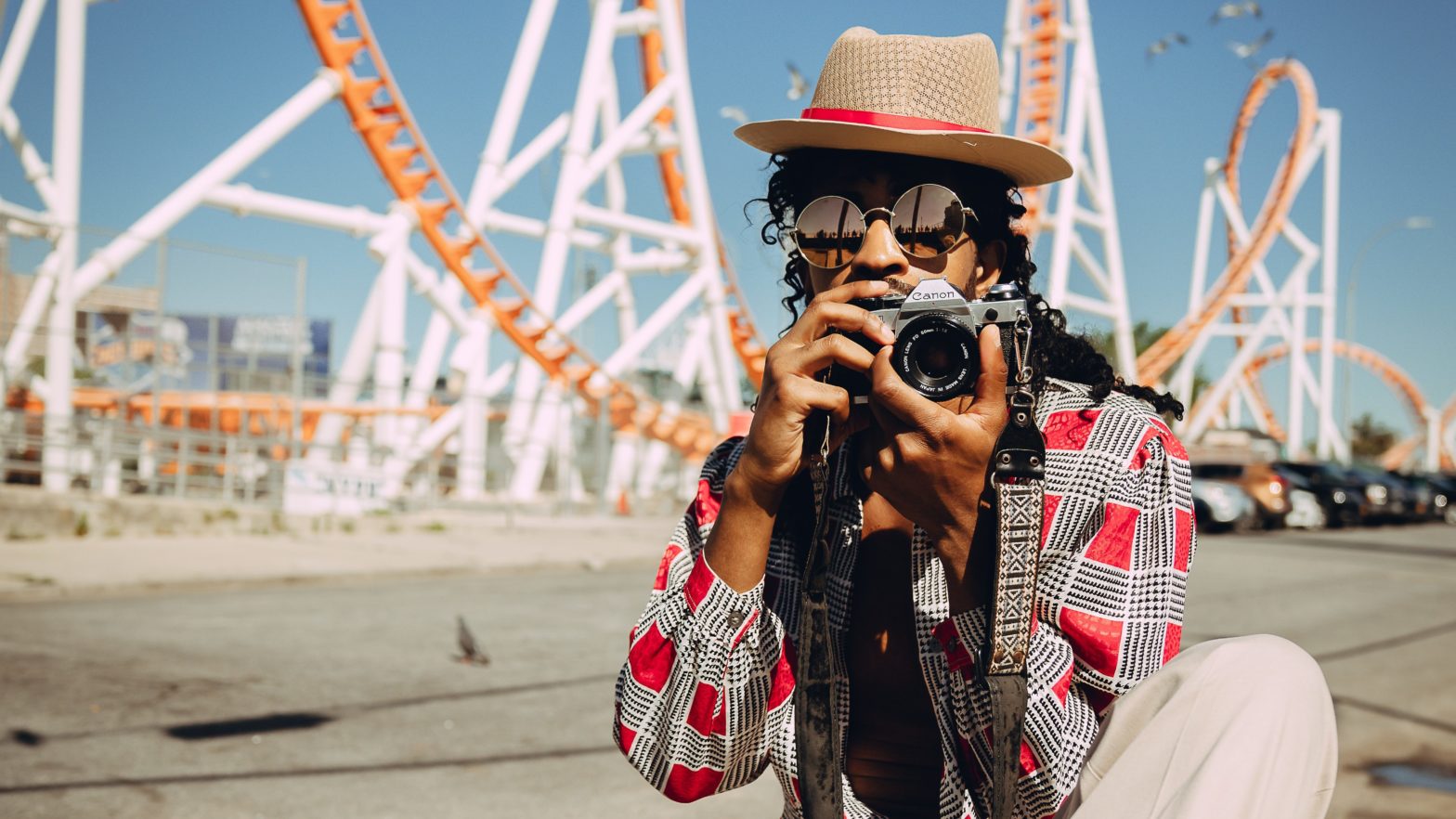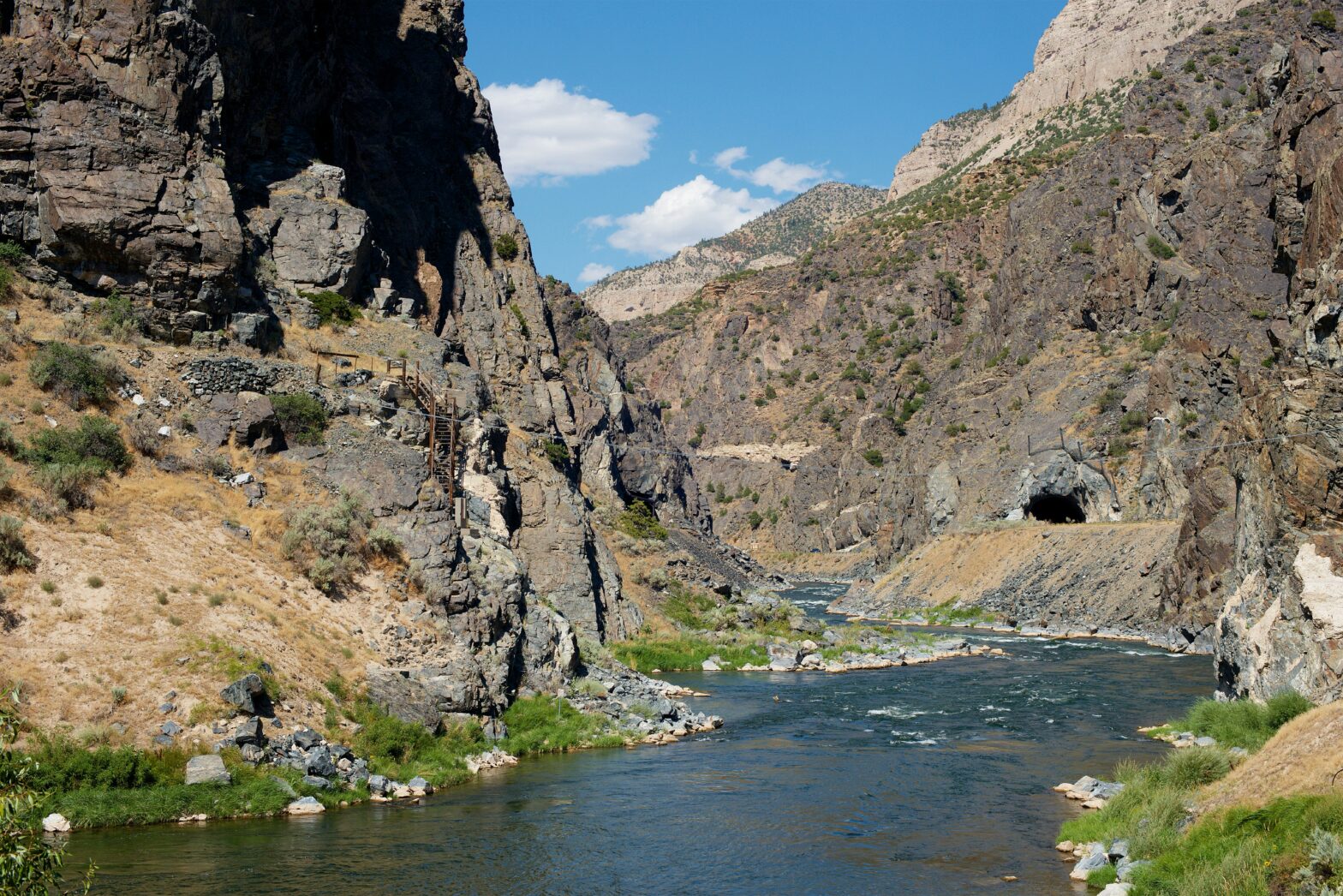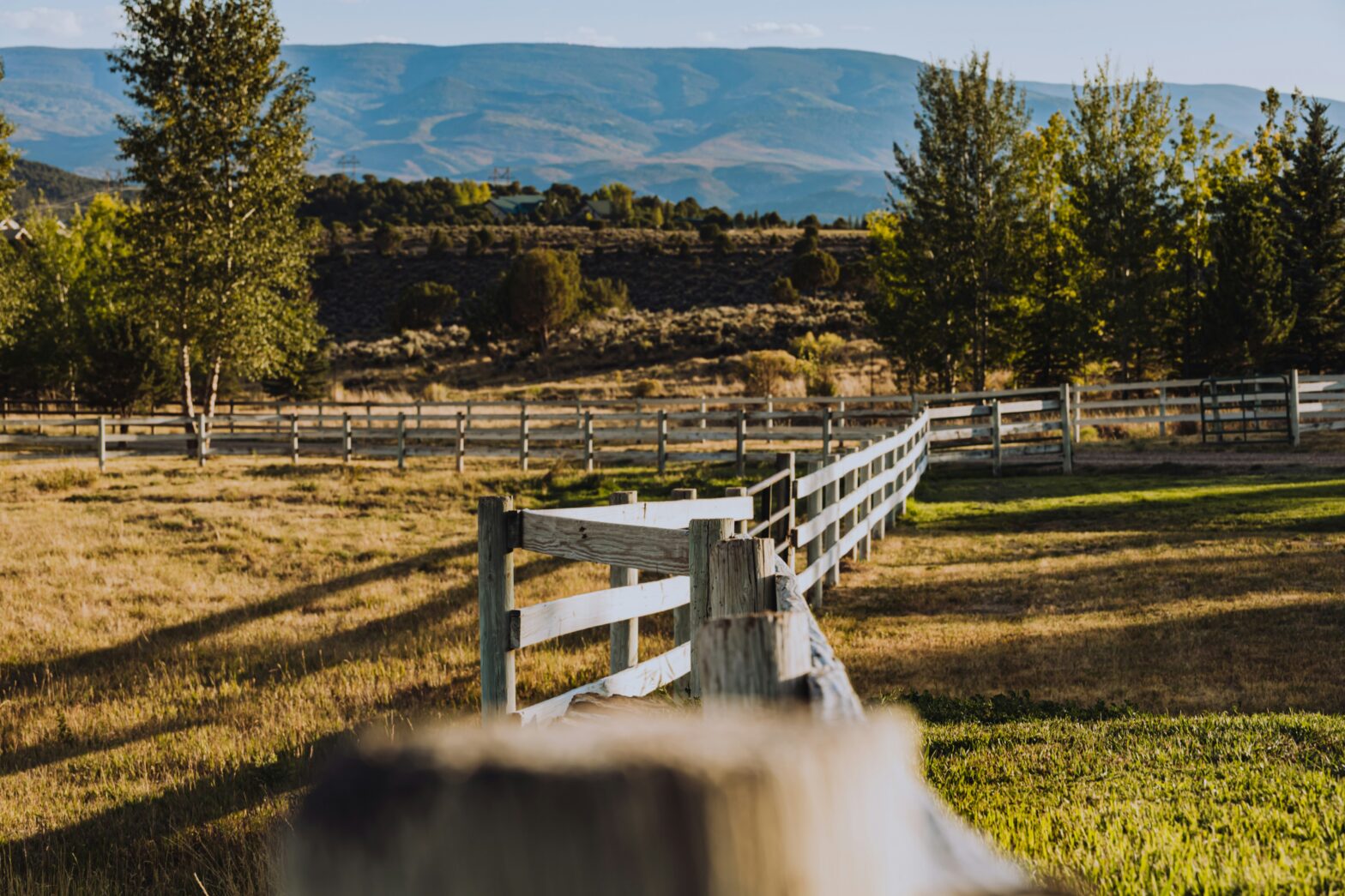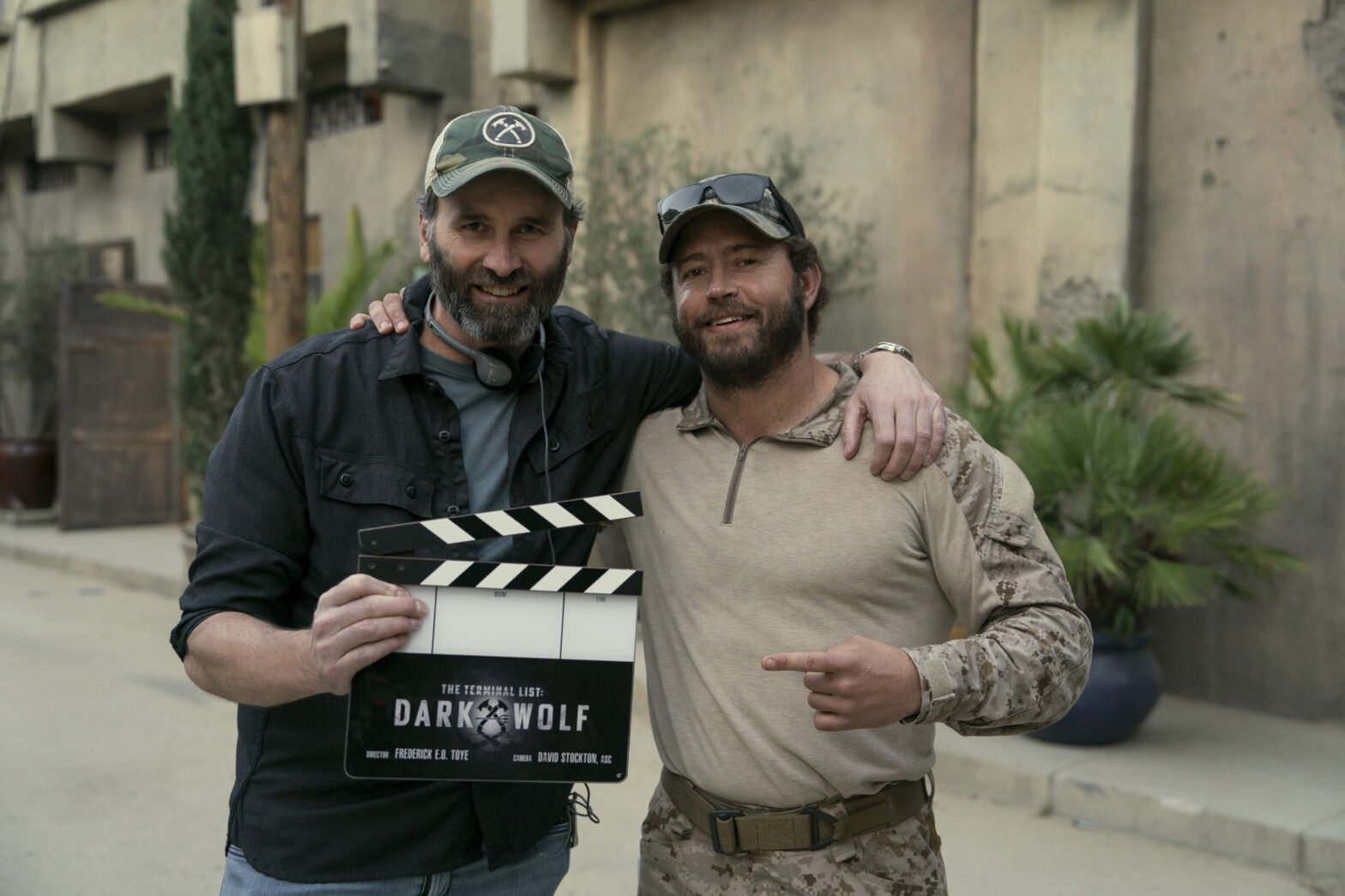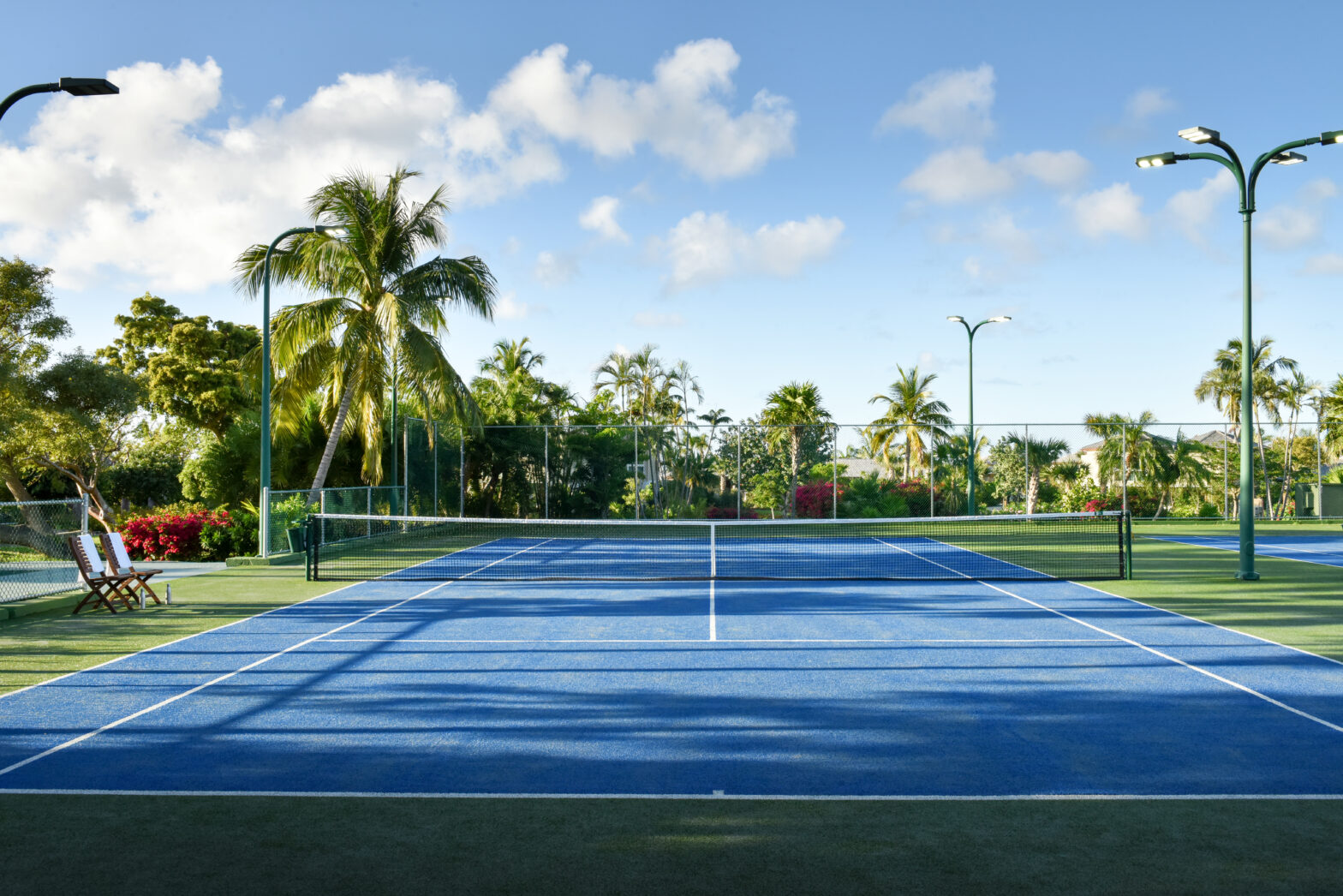Travel photography has a beautiful way of capturing experiences, places, people, and cultures. Out of the different genres of photography, travel photography is the most appealing to many. Nowadays with today’s advanced cellphone technology, you’d be surprised at the quality of images you can take. However, if you’d like to take it up a notch and travel like a real photographer, this checklist is for you. These 10 photo gear essentials will give you the confidence to explore this art form while achieving nice results! All the tips are thought for beginners on a budget.
Before traveling it’s good practice to identify the destinations you’ll be visiting and what kind of photos you want to take. This will help you better decide what lens you should take. It will also be useful to note what time of day you’ll want to shoot certain places, as that will help determine where on your itinerary you plan the visit. The following apps are great for location scouting and sunlight tracking for those golden hour shots:
1. To find photo spots – Google earth / Flickr / Scoutt / Locationscoutt
2. To check sun course and best times to shoot– Golden hour, Blue hour

1. Lenses
Lenses cost money… and they add up in weight. When packing stick to 1 to 2 lenses, especially as a beginner. It may be tempting to fill your camera bag with several beautiful-looking lenses, but less is more. Taking your time with fewer lenses is a good way to master first your equipment without getting distracted.
Lens Guide:
- Classic 18-50mm – often sold as lens kit along with the camera. A good start to learning photography.
- Fisheye 8-24mm. Best for landscape and/or architecture photography. At 8mm, the lens captures the scene at such a large angle that distortion can appear.
- Wide angle lens kit 24-35mm. No distortion. Best for learning landscape photography with an already powerful lens.
- 35-70mm – for beginners who have two loves – landscape and portrait. Multi-usage lens.
- 70 – 300mm – for portrait and macro photography.
NOTE: Check the compatibility of the lenses with your camera before buying!
Related: These Are The 6 Best Cameras For Travel Photography
2. Tripod
Tripods are great for capturing things in motion as they help reduce blurriness. Outdoor conditions can be tough. Not to mention, tripods are a must in low-light situations. The tripod will allow gaining stability allowing you to focus on adjusting the ISO, shutter speed, and aperture needed for the photo. These factors will help to get crisper images, reducing noise and blur.
Common brands for camera tripods are Manfrotto, Oben, Davis & Sanford.
3. Remote shutter
A remote shutter tool is the selfie stick version for your camera. It will allow you to take photos without you being behind the camera. Remote shutters work great with tripods as well to reduce any hand movements and photo blurriness.
For remote shutters, you have two options – either a digital app version or handheld shutters. Check in the App store for Remote shutter camera apps with good ratings.
4. Easy light meter app
A light meter is best for film camera users. Digital cameras actually have already built-in light meters. Figuring out the right settings based on the light and depth of field can be challenging and time-consuming for a beginner.
Light meter photo apps are useful for measuring the light around your camera. They provide you with what aperture, speed, ISO, exposure adjustment, or white balance to use. They are great when you are really not sure about the settings to put or to confirm your choices.
Limit yourself to one to two apps:
1. Light meter – free
2. Pocket light meter – free, with the option to upload results on Evernote
3. LightMeter from David Quilles- $1
5. Spare battery and memory card
We cannot stress enough the importance of spare batteries and memory cards. It’s better to be safe than sorry.
The size of your memory card will depend on what format you will be shooting. RAW files and videos will take up more space than smaller JPEGS.
Recommendation: SanDisk 128GB Extreme PRO SDXC UHS-I Card – C10, U3, V30, 4K UHD, SD Card – 30$. For extensive photo shootings. High storage capacity.
Pro Tips
- Pack your gear in your carry-on to avoid any mishaps with delayed or lost lugages.
- Use a camera backpack when exploring – this will keep your hands free and gear well protected
- Use the camera strap to prevent you from dropping your camera
- Carrying a zip lock bag will help protect your gear from water damage if you absolutely must take your camera on water trips
- Disposable cameras are great for a night out because of the low lighting and less risk if it is lost or stolen while you’re out
